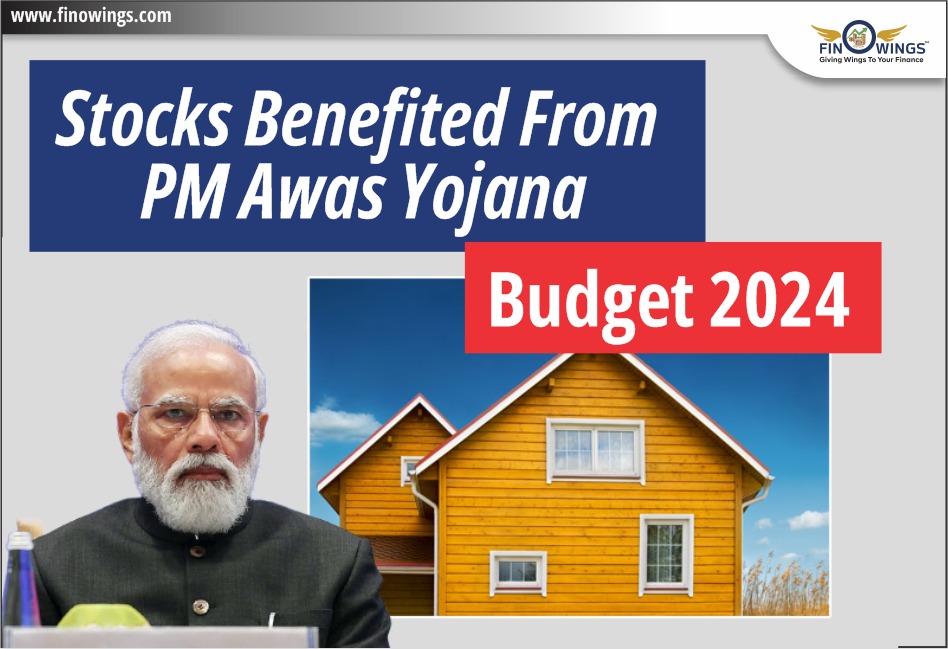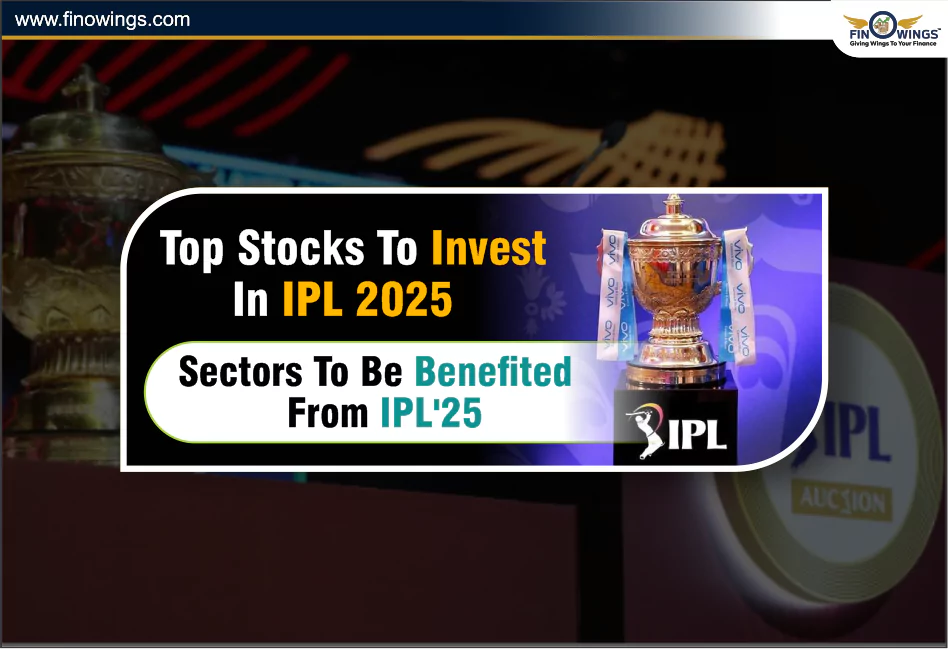Home >> Blog >> Stocks Benefited from PM Awas Yojana | Budget 2024
Stocks Benefited from PM Awas Yojana | Budget 2024

Table of Contents
The much-awaited Budget 2024 is finally here, and it's bringing some exciting news for everyone eyeing their dream homes in India. On the 1st of February, Finance Minister Nirmala Sitharaman announced two major initiatives aimed at making homeownership a reality for millions, particularly in both rural and urban communities. Wondering how these government schemes will affect you and our country. Well, hang in there because we're going to break it all down for you in a way that's simple and easy to understand .
Housing Transformation: PMAY Gets an Upgrade
The Pradhan Mantri Awas Yojana (PMAY) has been a game-changer in providing affordable housing in rural India. This year, the government announced an ambitious target to construct an additional 2 crore houses under PMAY in the next five years. This translates to roughly 40 lakh houses built annually, a significant increase from the current pace. This move not only addresses the housing shortage in rural areas but also creates employment opportunities in the construction sector.
Detailed Video
A New Hope for Middle-Class Families
For many middle-class families, owning a home remains a distant dream. Recognizing this aspiration, the budget presents a brand new housing scheme specifically designed for them. While details are yet to be announced, the scheme targets families living in rented apartments, houses, slums, or unauthorised colonies, aiming to empower them to build or purchase their own homes. This initiative has the potential to significantly impact millions of lives, enabling financial security and stability for countless families.
Investing in Your Future
The impact of these initiatives extends far beyond individual families. Let's explore the broader implications:
-
Economic boost: Increased construction activity will stimulate the economy, creating jobs in various sectors like construction materials, transportation, and real estate. Imagine a domino effect where more jobs lead to better living standards and spending power.
-
Infrastructure development: Improved roadways, water supply, and sanitation facilities will accompany housing projects, leading to better infrastructure in both rural and urban areas. Imagine well-paved roads connecting villages and efficient waste management systems in cities.
-
Social upliftment: Better housing conditions can lead to improved educational outcomes, healthcare access, and overall community well-being. Imagine children attending better schools and families having easier access to medical care.
Important Steps
While details of the middle-class housing scheme are awaited, here are some steps you can take to stay informed:
-
Regularly check government websites and updates for details on eligibility, application procedures, and timelines. Imagine readily available information making the process clear and transparent.
-
Consult financial advisors to understand your financial situation and explore loan options. Imagine getting expert guidance to make informed decisions.
-
Conduct your own research on different housing projects and developers. Picture yourself being well-informed before making a big decision.
Companies in Focus
The housing initiatives could have a significant impact on the financial landscape. Here are some companies that stand to benefit:
-
HUDCO (Housing and Urban Development Corporation):
- A public financial institution focusing on housing and urban infrastructure projects.
- Recent plans to obtain Infrastructure Finance Company (IFS) status, signalling potential growth.
- Sales growth at 11% CAGR over the last 5 years, with optimism tied to government initiatives.
- Additionally, it offers consultancy services for major projects and government programs.
- Loans are notably distributed mainly in Telangana and Andhra Pradesh, constituting around 210% of the company's net worth as of September 2021.
-
SBIN (State Bank of India):
- Founded over 200 years ago, the State Bank of India (SBI) is the oldest and largest bank in India.
- A Fortune 500 company, SBI is a public sector banking and financial services entity based in Mumbai.
- Extensive branch network with 22,219 branches and ~62,617 ATMs nationwide.
- Additionally, SBI operates ~71,968 business correspondent outlets across India.
- Holds a significant market share with 22.84% in deposits and 19.69% in advances.
- Boasts a robust customer base of approximately 45 crore customers.
-
NHB (National Housing Bank):
- Established in 1987-88, dedicated to providing housing finance under government schemes.
- Government bonds are debt instruments issued by central and state governments, falling under government securities (G-Sec), usually serving as long-term investment tools with durations ranging from 5 to 40 years..
- CRISIL has given NHB bonds a short-term rating of A1+ and a long-term rating of AAA, indicating the highest degree of safety for investors.
Conclusion
As we get into the details of Budget 2024, it becomes very evident that the housing initiatives not only aim to provide shelter but also act as a positive factor for economic growth. With a focus on transparency and understanding, we hope this overview helps you to explore the evolving financial outlook.
DISCLAIMER: Please note that we are not providing any recommendations; this information is for your knowledge to help you understand companies when conducting future analyses.
Stay tuned for more in our budget series. Your financial journey is our priority. Thank you for joining us.
Frequently Asked Questions
Yes, as of my last knowledge update in January 2022, the Pradhan Mantri Awas Yojana (PMAY) was scheduled to continue until March 2022. However, for the most accurate and up-to-date information, please check the latest announcements from relevant authorities, as there might have been changes or extensions after my last update.
- Economically Weaker Sections (EWS): Individuals with an annual income up to Rs. 3 lakh.
- Lower-Income Groups (LIG): Those earning between Rs. 3 lakh and Rs. 6 lakh annually.
- Middle-Income Group I (MIG I): Applicants falling within the income range of Rs. 6 lakh to Rs. 12 lakh per annum.
Understanding and meeting the specified income brackets are crucial factors to determine eligibility for PMAY. Stay updated with the latest guidelines to ensure accurate information for your application


















